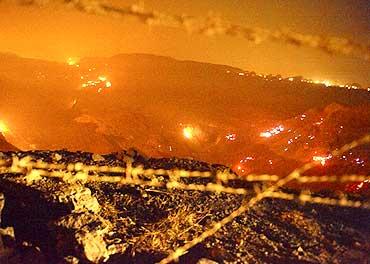
Although fitness and nutrition are not the same thing they are very related since they deal with the same area, which is health. If you want to improve your overall health level you should consider exercise of course. This will actually help you to stay motivated about your good eating habits as your body will start to crave healthier foods.
When it comes to nutrition you want to make sure you are constantly keeping an eye on the latest information available to you. With science, it is always about learning new things about what is healthy and unhealthy for you, you want to try your best to always be informed. You never know, something that you think could be helping you today could actually end up harming you in the future, so try your best to stay informed.
The first step to a more nutritious lifestyle is cutting out all refined flour. Whole wheat has a large amount of benefits including higher fiber, better general nutrition, and less likelihood to develop problems in the future. This includes pastas, breads and even rice. Your taste will quickly change when you start getting used to these types of foods and your eating habits will certainly improve.
Plan your consumption of fruit. Fruit is quite beneficial in a diet but if you want to control your insulin levels better, only eat it after doing physical exercise to have the best results. It may be fine for some people to eat it for breakfast but if you feel as if you are having trouble with your insulin levels, only consume after physical exertion.
Do not get yourself on the diet roller-coaster. There are so many different diet plans out there that many people will try for a few weeks and then go back to their unhealthy eating patterns. If you just skip the diet plan and start eating healthy foods, you will have much better success in controlling your weight.
American eating habits are not the best to model after, and if one were to look at a better diet, look to Chinese eating habits since they incorporate plenty of healthy vegetables, smaller portions plus the frequency of their meals is how we all should think about eating.
In order to develop healthier eating habits, consider eating a handful of nuts instead of something sweet and fattening. Many nut varieties are available, and they are chock full of substances which produce health benefits. In fact, nuts have been shown to help maintain a healthy heart and may help to reduce bad cholesterol.
Try helping your overall daily nutrition by stocking up on fresh fruits and vegetables. These are a nutritious alternative to snack foods. With fewer calories, they are more nutritious and help you to achieve a healthy diet. The more you begin to enjoy eating nutritious snacks such as fruits and vegetables, the less you will crave in non-nutritious junk foods.
Hypertension:
Hypertension is something that everyone should watch out for. Do your best to control the stress level in your life. High stress can lead to several health problems, such as: stroke, hypertension, heart attacks, ulcers, insomnia, depression and muscle aches. Getting the proper amount of sleep will help you avoid some of the added stress in your life and will reduce the risk of becoming overweight. Be very aware that eating disorders can develop if you are the type to take the easier but of course unhealthy route.
Eat smaller, more nutritious meals throughout the day. Eating smaller-portioned meals that are several hours apart five or six times a day not only helps with digestion, but also helps to keep your weight down. Keeping your weight down can prevent diseases like diabetes and hypertension. Eating more frequently also helps you to feel less hungry, making it unlikely that you will binge on unhealthy foods.
Healthy eating habits start with good nutrition. Staying away from fast foods, fatty or fried foods, and foods high in added sugar can help you to avoid such health issues as diabetes, hypertension, obesity, heart attack, and stroke. The more people know about how nutrition works, the better their choices can be.
Calcium is a beneficial mineral that should be a part of a healthy diet. Calcium is involved in teeth and bone structure. It also helps in blood clotting, nerve function, muscle contraction, and blood vessel contraction. Calcium helps prevent many diseases such as osteoporosis, hypertension, diabetes, colon cancer, high cholesterol, and obesity.
Therefore, eating healthy and following good eating habits on a budget is certainly possible. In fact, eating healthy can be cheaper than actually going out to eat at fast food restaurants.




